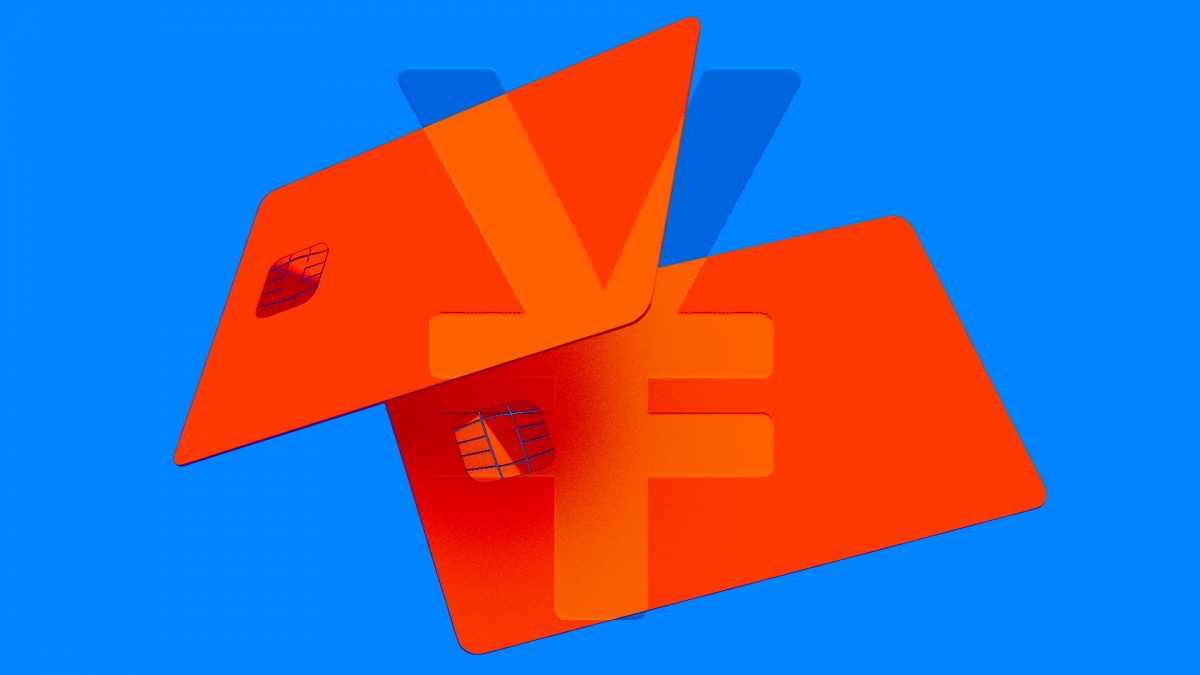What is a CBDC? A beginner's guide to Central Bank Digital Currencies


A Central Bank Digital Currency (CBDC) is a digital form of fiat money, directly issued and regulated by the central bank of a country. Unlike traditional currencies, which exist in physical form, CBDCs are entirely digital, representing a new frontier in the world of finance. The primary aim of CBDCs is to provide a digital alternative to physical cash, thereby enhancing the speed, security and efficiency of monetary transactions.
The key difference between CBDCs and traditional currencies lies in their form and the technology underpinning them. Traditional currencies, or fiat money, are physical and tangible, issued by a country's central bank, and are used for transactions in the physical world. On the other hand, CBDCs exist solely in the digital realm, leveraging technologies like blockchain for secure and transparent transactions — albeit in a centralized way. They are designed to work seamlessly with digital payment systems, offering a more streamlined, efficient method for transferring value.
CBDCs also differ from traditional cash in terms of accessibility and traceability. While cash transactions are anonymous and untraceable, CBDC transactions can be traced back, providing a record of all transactions. This traceability can be a powerful tool for combating financial crimes such as money laundering and tax evasion — although at the expense of privacy. Moreover, the digital nature of CBDCs allows for easier access and use, particularly in an increasingly digital and interconnected global economy.
However, it's important to note that while CBDCs hold significant potential, they also come with their own set of challenges and risks, including issues related to privacy, cybersecurity, and the potential disruption of existing financial systems.
What are the main characteristics and benefits of a CBDC?
CBDCs are characterized by their digital form, centralization, and programmability.
Unlike cryptocurrencies, which are decentralized, CBDCs are issued and regulated by a central bank, ensuring a level of stability that cryptocurrencies cannot guarantee. As digital currencies, CBDCs leverage technologies such as digital ledgers and blockchain to facilitate secure, transparent, and efficient transactions. They can be managed on a digital ledger, which may or may not be a blockchain, enabling faster and more secure payments between banks, institutions, and individuals.
One key feature of CBDCs is their programmability. This means that they can be designed to serve specific purposes or to operate under certain conditions. For instance, they can be programmed to be used only for essential needs, within specific regions, or during defined periods. This potential for programmability allows CBDCs to serve as tools for monetary and social policy.
CBDCs can take various forms, each with different implications for payment systems, monetary policy transmission, and the stability and structure of the financial system. They can be designed as general-purpose tokens, available to the general public for everyday transactions, or as wholesale only tokens, accessible only to banks for payment and settlement activities. The choice of form depends on the specific goals and needs of the central bank and the broader financial system.
CBDCs are also characterized by their potential to enhance financial inclusion. By creating a direct link between individuals and the central bank, CBDCs can bypass the need for expensive banking infrastructure, enabling more people to access the financial system.
Are there challenges or risks with CBDCs?
As we delve deeper into the world of CBDCs, it's crucial to recognize that they are not without their challenges and risks.
One of the major concerns revolves around privacy issues. Unlike cash transactions, which are anonymous, transactions carried out using CBDCs are traceable. This raises questions about the extent to which the central bank, as the administrator, can collect and disseminate digital identifications. With every transaction visible to the service provider, concerns arise about potential privacy breaches and the misuse of information.
Another challenge is that CBDCs may inadvertently enable centralization, with the power to conduct transactions still vested in a central authority, the central bank. This could lead to potential monopolistic control over data and transactions between citizens and banks. Moreover, cyber threats pose a significant risk to CBDCs, as they exist purely in the digital realm. Ensuring the security of these digital currencies is paramount to their successful implementation and public acceptance.
CBDCs also present potential complications for cross-border and cross-currency payments. While they could facilitate these processes, different legal and regulatory frameworks across countries may pose significant barriers. Harmonizing these frameworks could prove to be a complex task.
Furthermore, the introduction of CBDCs could have unintended consequences on foreign exchange markets. For instance, if a particular CBDC becomes the primary payment tool in a region, it could potentially challenge the dominance of other currencies.
Lastly, the advent of CBDCs could disrupt the existing fractional reserve system, causing significant changes in the financial landscape. If all private bank deposits were to shift into CBDCs, traditional banks would need to adapt their lending and investment strategies.
Countries and central banks exploring CBDCs
With the rise of digital currencies, a significant number of countries and their central banks are exploring the potential of CBDCs.
According to the Atlantic Council, 130 countries, representing over 98% of global GDP, are considering forming a CBDC, a considerable increase from just 35 countries in May 2020. This surge in interest is largely attributed to the COVID-19 pandemic, which highlighted the need for secure and efficient digital payment systems.
Countries like China are leading the way, experimenting with a digital yuan that allows users to make payments using their mobile phones. Similarly, Europe has announced plans to create a digital euro as part of its five-year plan. The United States Federal Reserve is also accelerating its research and engagement on CBDCs, in response to the integration of digital private money into the U.S. payments system and the exploration of CBDCs for cross-border payments by foreign authorities.
However, the progress of CBDC adoption varies greatly among countries. While some have fully launched digital currencies, like the Bahamian Sand Dollar, others like the U.S. Federal Reserve are still in the exploratory stages. Understanding the potential benefits and challenges of CBDCs, these countries are carefully considering their strategies to ensure the successful implementation and integration of these digital currencies into their financial systems.
Disclaimer: This article was produced with the assistance of OpenAI’s ChatGPT 3.5/4 and reviewed and edited by our editorial team.
© 2025 The Block. All Rights Reserved. This article is provided for informational purposes only. It is not offered or intended to be used as legal, tax, investment, financial, or other advice.



